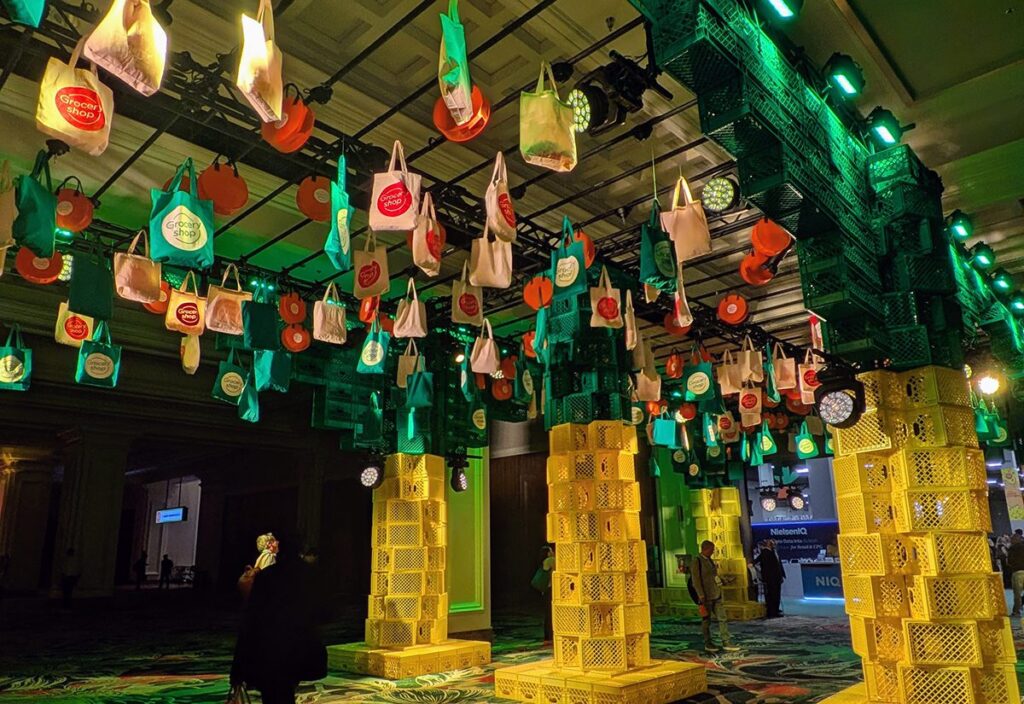The first half of A Crash Course on the Digital Marketing Vendor Landscape, the basis to last week’s two part Digital Marketing 101, focused on the different types of internet advertising and the companies that operate in them. The second half of that presentation focused on something entirely different and something that was not covered in last week’s introduction to digital marketing, and that is the numerous mergers and acquisitions. We have covered mergers and acquisitions, and the often corresponding consolidation many times, including most recently in Digital Thoughts – Following the Money, An Investment Recap – Part 1 and Part 2. Additionally, Cliff Kurtzman, with whom I gave the crash course presentation during Ad:Tech, does a phenomenal job of recounting the numerous deals at the end of his The Desire to Acquire and Urge to Merge. This week’s Trends Reports though looks at the underlying reason behind many of those deals – the desire to own traffic, in particular the network / publisher consolidation.
Even the famed Intermix/MySpace.com acquisition had the net result of giving Rupert Murdoch’s News Corp. traffic. That certainly applies with the New York Time’s purchase of About.com, WebMD acquiring TheHeart.org, Yahoo buying Flickr, AOL purchasing Weblogs, eBay scooping up Skype, and the list goes on. In fact, of the tens of billions spent this year on mergers and acquisitions, half, if not more helped one company purchase the user base of another. As Cliff has pointed out, while $580 million might seem like a lot for a social networking site, a company could spend a lot more over a longer period of time and not build up an active user base of more than 20 million people who together produce a site with the most ad impressions.
The size of the MySpace deal and many of the others that involved the acquisition of a user base is distracting. It’s easy to focus on the hundreds of millions of dollars changing hands and not the underlying trend. Some in our space have taken notice and are the ones secretly leading the strategic consolidation trend, i.e. purchasing profitable companies that currently contribute to their bottom line. These deals tend to be less than $10 million and are all aimed at owning traffic. Thanks to 2004 and 2005, which treated most of the networks well, many have a nice war chest and can now consider corporate development activities. And, while not the reason for becoming a network, their business model has given them an advantage with respect to potential acquisitions. They connect publishers with ads. This means they not only know a lot of publishers but also know how much money that publisher can generate.
So far, two reasons seem to drive the networks that have started to acquire. The first has done so simply to lock up distribution and defer margin compression. When they started, most new ventures online focused on building traffic not monetizing it. Entrepreneurs made web sites, created email lists, and even distributed ad ware. Today, the gap no longer revolves around traffic but monetization. The barriers for creating a new network have decreased while the sophistication of the entrants has increased. In the current environment, we see those who once had, or still do have, the traffic turning into the aggregator, the network. Google is a prime example. Access to traffic is only getting tougher, i.e. expensive and margins thinner.
The second reason for owning traffic relates to margin compression insulation, it deals with reduction in potential volatility. Several companies that had a good ‘04 and ‘05 want to leverage the past success and overall promising Internet advertising market to have an initial public offering. And, most of these companies would define a successful offering by achieving a high and sustainable stock price. Two or three key publishers / affiliates moving could affect that price. So, as insurance against such fluctuations, they have bought, through cash and stock, these traffic anchors.
In many ways the high level consolidation not only feels like, but also qualifies as, a bubble. Similar to the current offline, real estate bubble the right market conditions have led to inflated pricing. In both Bubble 1.0 and today’s Bubble 2.0 one of the main objectives in investing was to own traffic. The biggest difference between this bubble and the one that already burst is that many of these deals actually make sense. They might be overpaying for a Malibu beach home, but at least they’re not paying for swamp land. And this certainly holds true for the networks buying up their publishers. Bubble fever has driven up the cost of these publishers, but the logic for doing so not only makes sense, but also should prove a key factor in their longevity. So, while the answer to, if we are in a bubble is yes, at least we know the floor is more stable. The clever networks have joined in to help solidify theirs.



